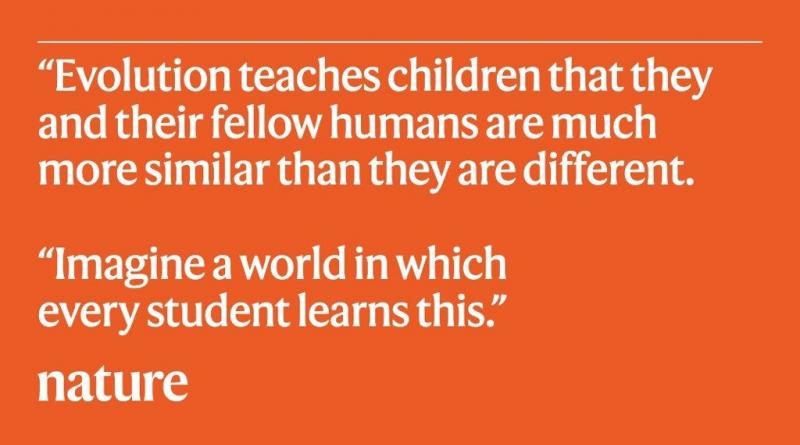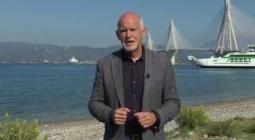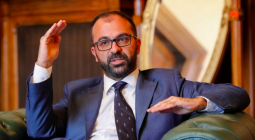Good news: US classrooms are warming to evolution, thanks in part to scientist outreach.

Advocacy works, but more must be done to protect against misinformation.
At a time when misinformation seems to be ascendant, a decades-long effort aided by the scientific community is bearing fruit. Results published on 10 June show that the proportion of US secondary-school biology teachers who present creationism as a scientifically valid alternative to evolution fell from 32% in 2007 to 18% in 2019 (E. Plutzer et al. Evo. Edu. Outreach 13, 14; 2020). And the amount of class time devoted to human evolution shot up by almost 90%.
Evolution teaches children that they and all living things have the same common ancestors, and that they and their fellow humans are much more similar than they are different. The genetic variation within the groups that we designate as races is much larger than that between those groups. Imagine a world in which every student learns this.
Teachers’ practices have shifted partly as a result of scientists stepping up. Working closely with teacher groups, scientists have united to advocate for education policies, advise on classroom resources and help rally public opinion.
Why does this matter to me? It’s a long story, with eerie echoes of these times. In 1995, I began a long-shot project: trying to sequence the virus that caused the influenza pandemic of 1918 from preserved lung samples. We didn’t even know whether the viral genome could survive that long, or would still be present in preserved tissues. We did have an extremely powerful tool: evolutionary theory.
Understanding evolution helped us to make educated guesses about how the virus might have changed between 1918 and the 1930s, when influenza viruses were first isolated. This enabled us to design reagents with the best chance of finding the killer virus. Once we had the entire sequence, evolution helped us to understand where the virus came from and how it moved between hosts (A. H. Reid et al. Nature Rev. Microbiol. 2, 909–914; 2004).
In 2014, my conviction that understanding evolutionary theory is core to scientific literacy led to my becoming executive director of the National Center for Science Education (NCSE) in Oakland, California. This non-profit organization is devoted to ensuring that evolution (and, more recently, climate change) is taught accurately in US public schools. It was founded in the early 1980s, when advocacy for teaching creationism alongside evolution was spreading. We and allies made the case against creationism to textbook publishers, school boards, federal judges and more.
In 2005, a federal court found that ‘intelligent design’ (like its ancestor, ‘creation science’) lacks scientific merit and is a religious belief. Hence, it cannot, constitutionally, be taught in science classrooms in public schools. Two years later, researchers at Pennsylvania State University in University Park surveyed teachers to learn how evolution was being taught. The results were shocking: only 51% were unequivocally teaching the scientific consensus that evolution is a fact. Clearly, there was work to do.
This week’s results are from a similar survey, which the NCSE commissioned last year. They show a rise not only in the time spent teaching evolution, but also in the proportion of educators emphasizing the scientific consensus (now 67%). Clearly, things are moving in the right direction.
Much credit is due to the Next Generation Science Standards (NGSS), a set of benchmarks released in 2011 that emphasizes evolution as a core concept. The 44 US states that have adopted these, or standards based on the same framework, have seen the greatest improvements.
Scientists have been crucial to ensuring accurate coverage of evolution in science education standards. In Texas, where a creationist-friendly faction had long held sway over the state board of education, professors wrote opinion pieces, testified to school boards and rallied colleagues. Similar scenarios played out in Arizona, Iowa, New Mexico, South Carolina and elsewhere. Scientists were key partners, often through scientific societies, in developing the NGSS, along with teacher groups, foundations and others.
Scientists also helped to develop evolution resources for teachers. The Howard Hughes Medical Institute in Chevy Chase, Maryland, partnered with the National Association of Biology Teachers and BSCS Science Learning, an educational non-profit centre in Colorado Springs, to help teachers to develop tools and training. Yes, teachers did the bulk of the work, but numerous scientific societies pitched in with advice and advocacy. Classroom visits, fun as they are, reach dozens of students; group action helps millions.
Sadly, evolution is not the only area of science that needs defending. States often dilute or distort the topic of climate change in science standards. In communities where global warming is not widely accepted, teachers avoid controversy by sending mixed messages about humans’ role in it, or by skipping the issue. Many lack confidence in their knowledge and are eager to learn more.
Scientists can help by letting their societies and local leaders know that science education is important to them, and that they are willing to volunteer. Work with teachers’ groups, stay informed on science standards, press for adequate resources. Change will be slow, but it is possible.
As another pandemic sweeps the globe, evolution is again crucial to understanding a pathogen. It helps us to learn how the virus circulates, and to identify its vulnerabilities. It helps us to counter conspiracy theories.
I’m glad scientists are helping to give young people an understanding of evolution as they navigate our complicated world.
Nature 582, 315 (2020)
doi: 10.1038/d41586-020-01454-x
11 June 2020
nature




